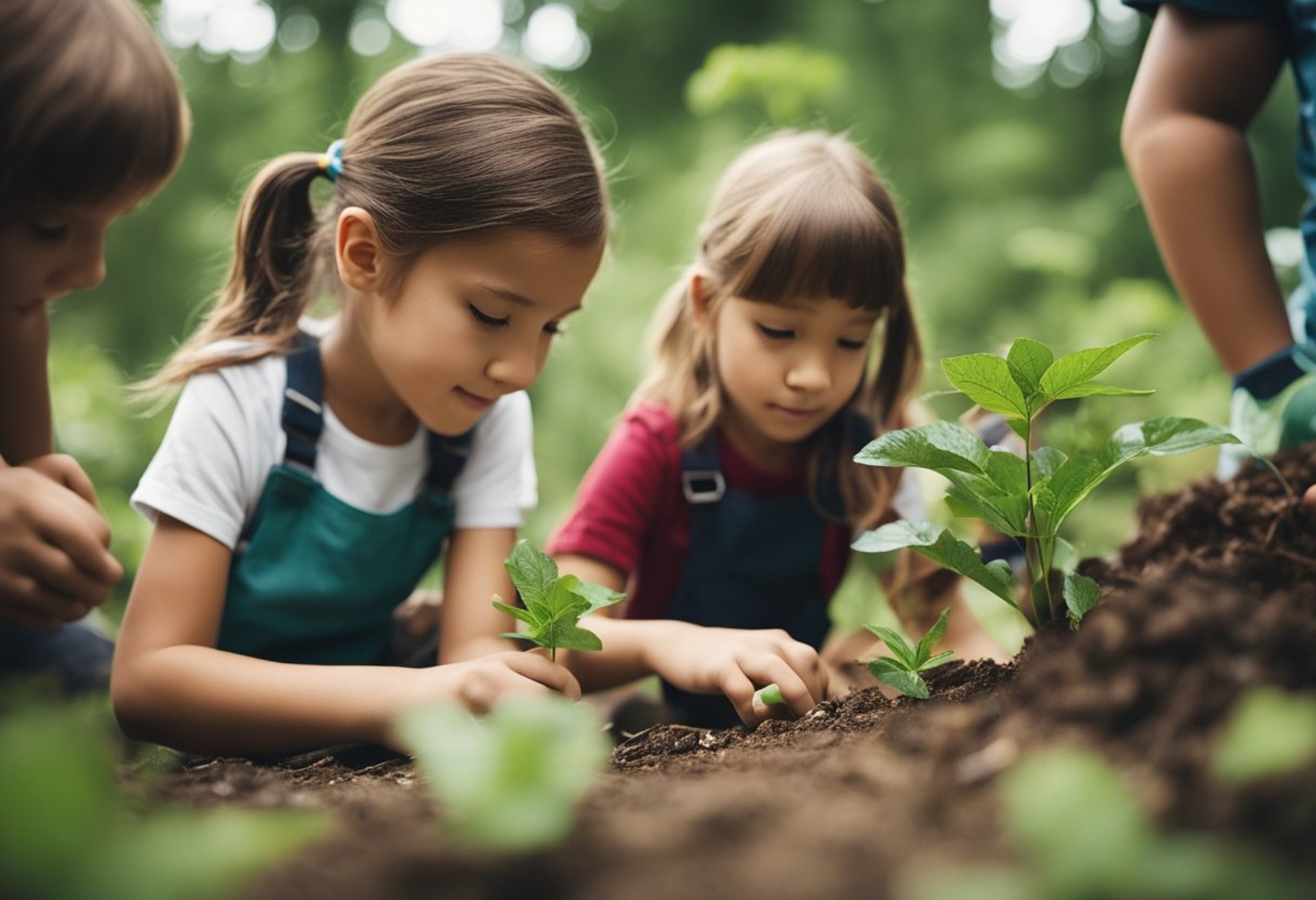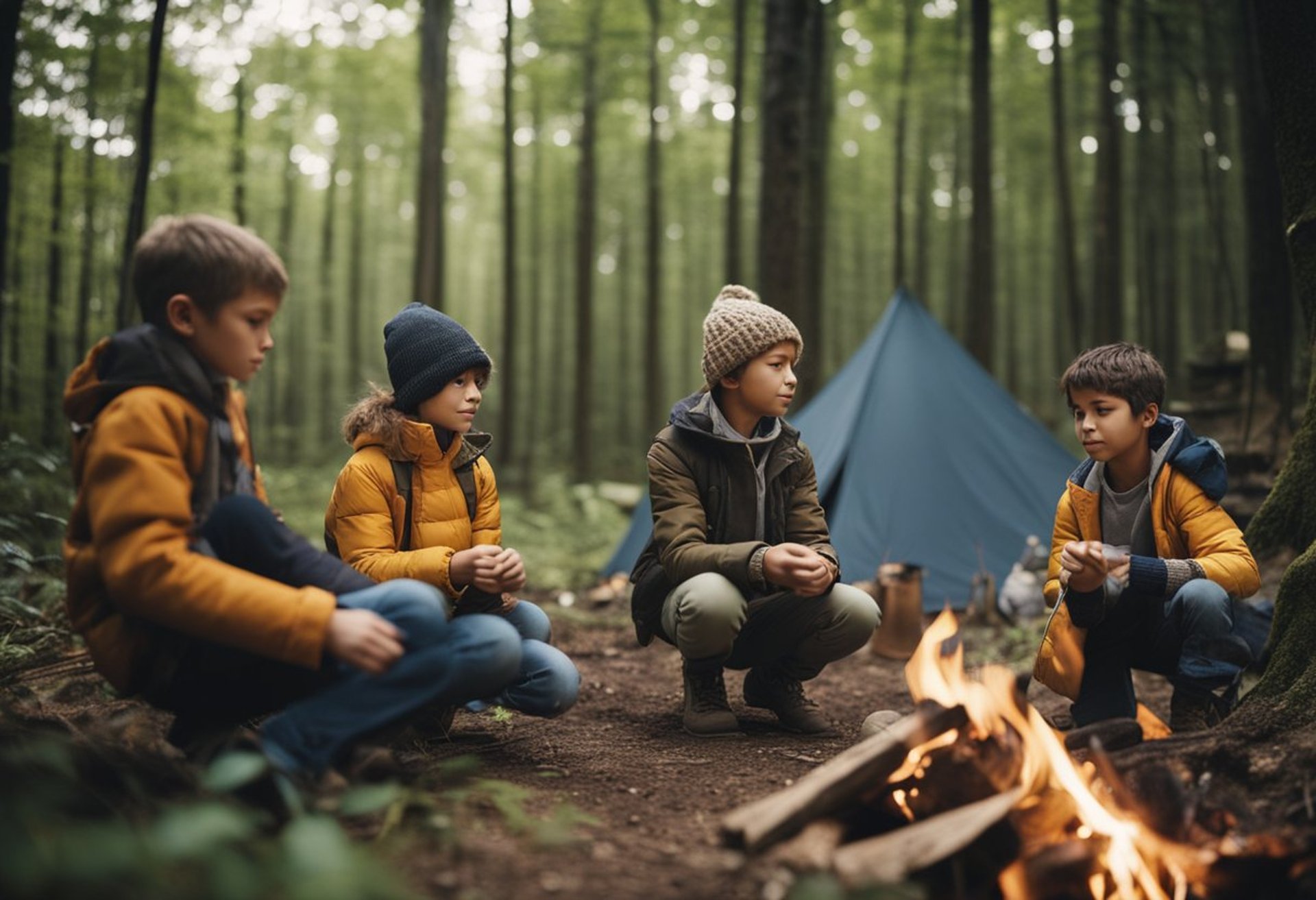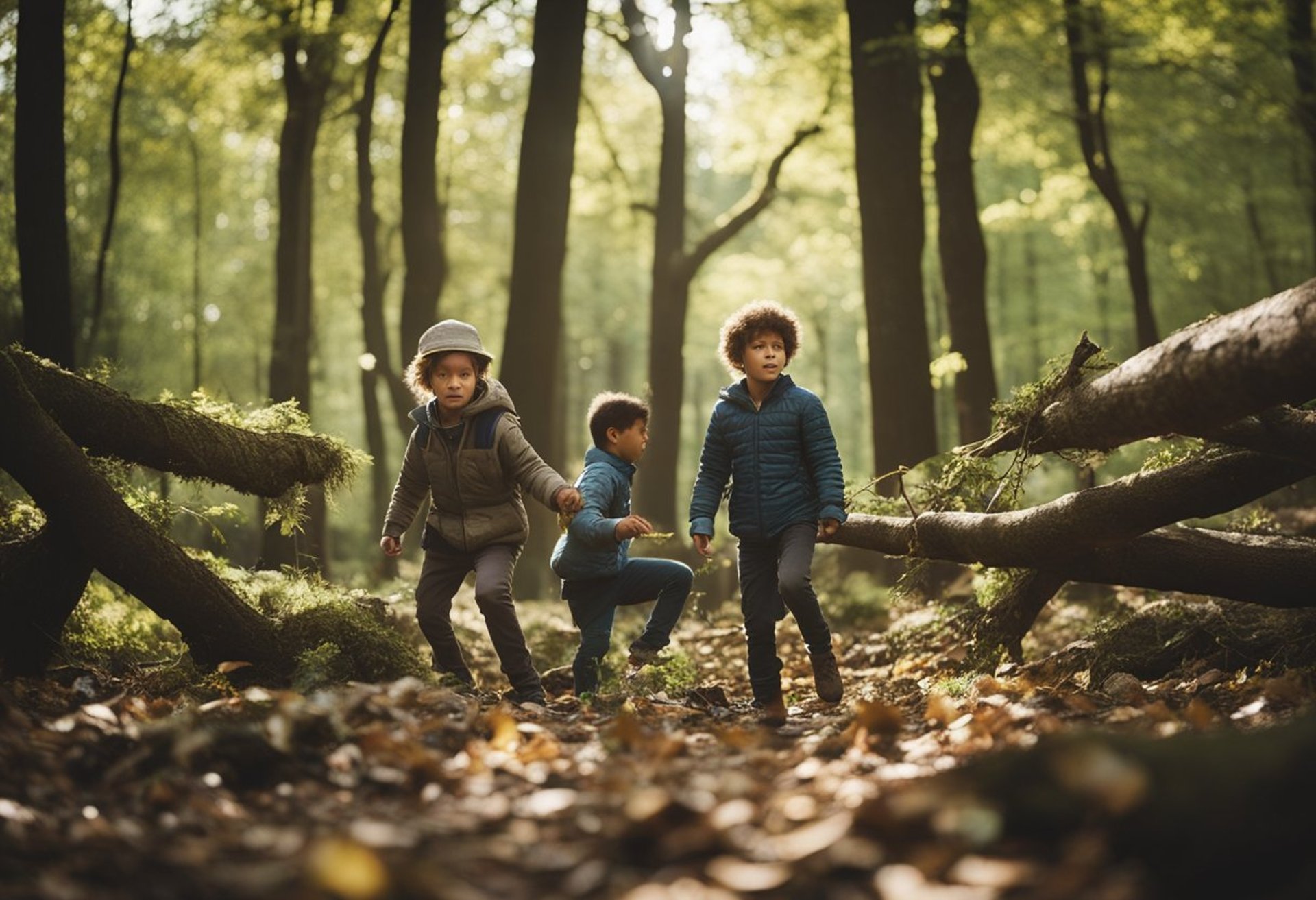Off Grid Activities for Kids
Exploring off-grid activities for kids can provide meaningful experiences that foster creativity and resilience. Engaging children in hands-on outdoor projects encourages a sense of independence while teaching valuable life skills. These activities not only promote physical fitness but also enhance social interactions when kids work together.
From building shelters to learning basic survival skills, these experiences empower young minds to appreciate nature and develop problem-solving abilities. Each activity serves as a gateway to explore and connect with the environment around them, making learning both fun and impactful. The unique challenges of off-grid living create memorable moments that can shape a child's perspective for years to come.
Key Takeaways
Hands-on activities instill independence and creativity in children.
Outdoor skills enhance physical fitness and social engagement.
Experiences in nature promote problem-solving and resilience.
Essentials of Off-Grid Living for Families
Families considering off-grid living should focus on understanding key concepts and implementing safety measures. This lifestyle encourages self-sufficiency and an appreciation for nature, essential for children's development and well-being.
Understanding Off-Grid Concepts
Off-grid living means being independent from traditional utility services. Families must manage their own resources, including water, food, and energy.
Key Components:
Water Supply: Rainwater harvesting or well systems are common methods.
Food Production: Establishing gardens and learning about local foraging enhance food security.
Energy Sources: Solar panels, wind turbines, or generators provide electricity.
Understanding these concepts helps families thrive. The focus on sustainability nurtures responsibility, and children gain practical skills from chores and gardening.
Safety Measures in Nature
Safety is paramount in off-grid environments. Families must be prepared for outdoor challenges.
Important Precautions:
Wildlife Awareness: Teach children about local wildlife to avoid dangerous encounters.
First Aid Kits: Maintain a well-stocked first aid kit for emergencies.
Fire Safety: Educate on fire safety practices, particularly when using stoves or fire pits.
Establishing clear rules about exploring and respecting boundaries enhances safety. Ensuring everyone knows emergency procedures fosters a secure living environment.
Outdoor Survival Skills
Learning outdoor survival skills equips children with essential tools for self-sufficiency in nature. These skills enhance problem-solving abilities and foster a sense of confidence.
Building Shelters
Building a shelter requires basic materials such as branches, leaves, and grass. Children should learn to identify a suitable location away from hazards like falling branches or flooding.
A simple lean-to can be constructed using a long branch as a ridge and smaller branches angled against it.
Key Steps:
Choose a Location: Find flat ground and proximity to resources, like water.
Gather Materials: Use fallen branches, leaves, and grass.
Construct the Shelter: Assemble the frame and insulate it with leaves and grass.
Teaching children to create a shelter helps them understand the importance of protection from the elements.
Foraging for Food
Foraging for food is a valuable skill that teaches children about local flora and fauna. They should start by learning which plants are safe to eat.
Iconic examples include dandelions, clover, and wild berries. Children can learn to recognize these edible plants in their environment.
Safety Tips:
Always verify: Consult a guide or an expert before consuming anything.
Know the signs: Learn to identify poisonous plants, such as poison ivy.
Engaging in foraging activities encourages curiosity about nature and promotes healthy eating habits.
Navigating the Wilderness
Navigating the wilderness involves understanding basic compass and map reading skills. Children can benefit from practicing these skills in a safe environment.
Teaching them to use the sun and stars for navigation reinforces their connection to nature. Familiarity with landmarks also aids in understanding direction.
Navigation Basics:
Compass Use: Show how to orient a map and find bearings.
Landmarks: Encourage children to identify distinct features in the landscape.
Sun Position: Explain how the sun rises in the east and sets in the west.
These skills enhance their ability to explore confidently and safely.
Creative and Educational Activities
Engaging children in creative and educational activities off the grid encourages exploration and learning. These activities foster an appreciation for nature while developing various skills.
Nature Crafts
Nature crafts utilize materials found in the environment, sparking creativity and resourcefulness. Children can gather leaves, twigs, stones, and flowers to create a range of projects.
Leaf Rubbings: Place leaves under paper and use crayons to create rubbings. This activity teaches children about different leaf shapes and textures.
Rock Painting: Children can paint rocks to create unique designs. These can serve as garden decorations or gifts.
Nature Collages: Collect fallen leaves, petals, and other natural items to assemble collages. This enhances fine motor skills and encourages artistic expression.
These crafts not only promote creativity but also support environmental awareness.
Environmental Science Projects
Hands-on environmental science projects enable children to learn about ecosystems and sustainability. These projects combine fun and education, fostering a connection to nature.
Plant Growth Experiments: Children can plant seeds in different soil types or containers to observe growth rates. This introduces concepts of ecology and plant biology.
Water Filtration Model: Utilizing sand, gravel, and charcoal, kids can design a simple filtration system. This demonstrates water purification principles and environmental stewardship.
Insect Habitat Observation: Constructing small habitats allows children to observe insects and their behaviors. This project promotes curiosity about biodiversity and ecosystems.
Through these activities, children gain practical knowledge and develop critical thinking skills related to the natural world.
Physical Activities and Fitness
Engaging children in physical activities while off-grid promotes fitness and offers opportunities for exploration. Active participation in nature helps develop skills, resilience, and a sense of adventure.
Hiking and Exploration
Hiking provides children with a chance to connect with nature while boosting their physical fitness. It encourages cardiovascular health and strengthens muscles, particularly in the legs and core. Parents can plan hikes of varying difficulty based on their children's age and fitness levels.
Equip children with essentials like water bottles, snacks, and a basic first-aid kit. It’s beneficial to create a scavenger hunt to make the hike engaging, focusing on local flora and fauna. Families can also teach navigation skills using maps and compasses, enhancing their sense of direction and spatial awareness.
Water-Based Recreation
Water-based activities offer an excellent way for children to stay physically active while having fun. Options include swimming, canoeing, or tubing in natural bodies of water. These activities not only improve cardiovascular fitness but also enhance coordination and strength.
Swimming lessons can instill safety skills that are essential when around water. Parents should always supervise their children and ensure that safety gear is used. Canoeing, in particular, can be a family bonding experience that also teaches teamwork and communication. Setup designated water playtimes to create a routine that balances recreational fun with safety practices.
Community and Social Engagement
Engaging children in community-focused activities is vital for developing social skills and fostering a sense of belonging. In off-grid settings, opportunities for volunteer projects and group games can enhance personal growth and strengthen connections with others.
Volunteer Projects
Participating in volunteer projects offers children a chance to contribute to their community while learning valuable skills. These activities can include:
Community Cleanups: Children can join forces with neighbors to clean local parks, trails, or other shared spaces. This encourages teamwork and instills a sense of responsibility.
Garden Initiatives: Creating or maintaining community gardens teaches not only gardening skills but also the importance of sustainable practices.
Animal Shelters: Volunteering at local animal shelters allows children to care for animals and understand the importance of empathy and compassion.
Such experiences build a sense of accomplishment and reinforce the value of helping others, making children feel integral to their community.
Group Games and Social Skills
Group games are excellent tools for developing social skills in a fun and engaging manner. Well-structured games encourage communication and collaboration. Popular options include:
Tag Games: Variants like freeze tag or sardines foster quick thinking and physical activity.
Talent Shows: These encourage children to showcase their unique abilities, promoting self-esteem and respect for peers.
Team Sports: Activities such as soccer or capture the flag teach teamwork, strategy, and sportsmanship.
Through these activities, children learn to cooperate, resolve conflicts, and build friendships. Social engagement is essential for emotional development and can lead to lasting connections among peers.













